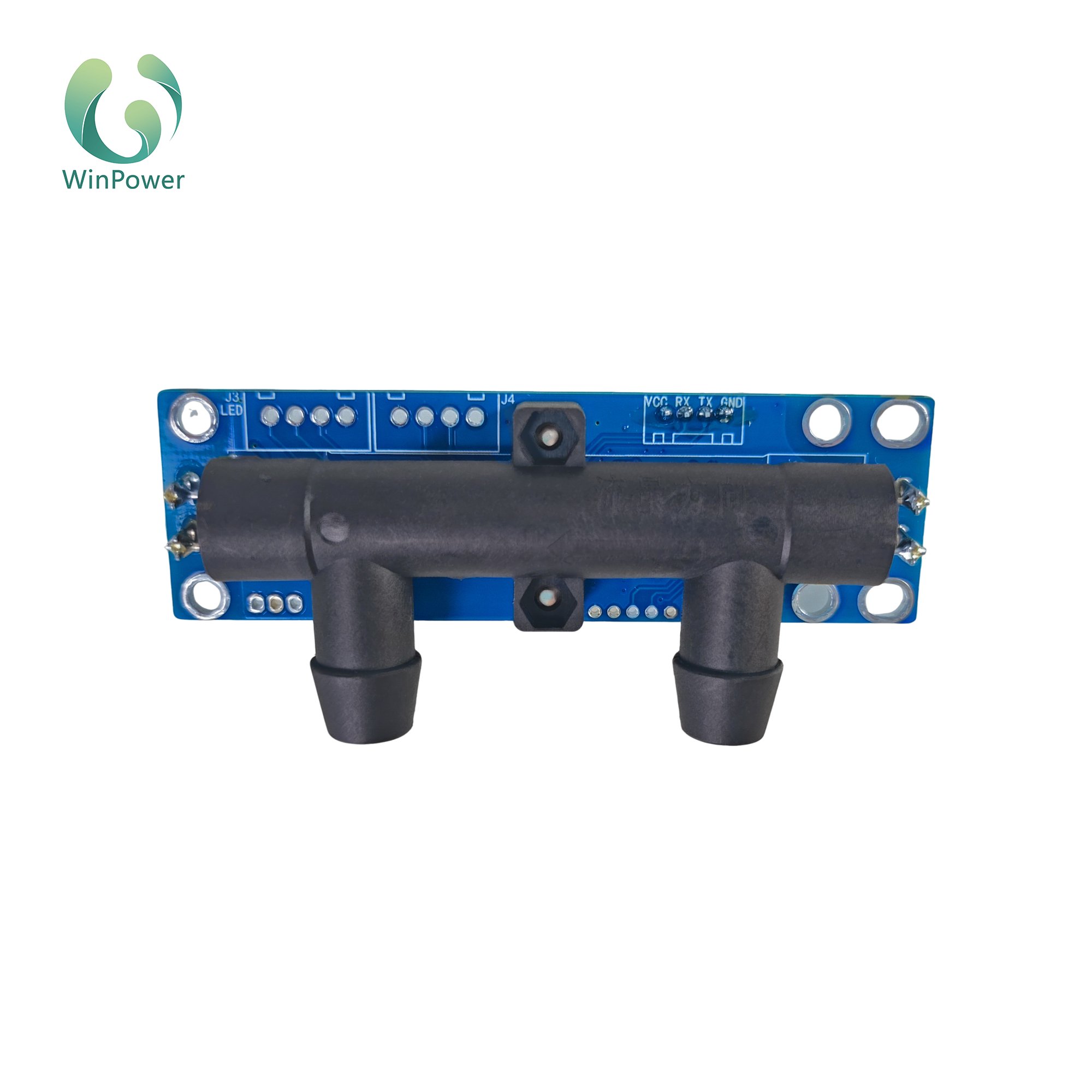In critical fields such as medical treatment, industrial production, and scientific research, real-time and precise monitoring of oxygen concentration and flow rate plays a decisive role in ensuring system safety and enhancing operational efficiency. Traditional oxygen sensors commonly face technical bottlenecks including suboptimal measurement accuracy, sluggish dynamic response, and the need for regular calibration and maintenance. These issues not only increase equipment operation costs but also compromise the reliability of monitoring data. To address these industry pain points, Runpu Company has launched its new-generation OCS-3F100R ultrasonic oxygen sensor. Leveraging innovative ultrasonic detection technology at its core, this solution provides users with a comprehensive oxygen monitoring system that combines high-precision measurement, long-term stable operation, and zero-maintenance requirements.


Technology leads, performance excellence
OCS-3F100R is developed based on the advanced ultrasonic phase difference detection principle, and achieves accurate capture of oxygen parameters through non-contact measurement technology. The core performance advantages are as follows:
High precision detection: Oxygen concentration measurement range covers the full range of 0.0% to 95.6%, with a resolution of 0.1% and measurement accuracy controlled at ±2.0% FS. Gas flow detection range is 0-100 L/min, with a resolution of 0.1 L/min. The precision index is better than ±0.3 L/min or 5% of the actual reading (whichever is higher).
Fast response: The design of high-speed signal processing circuit requires only 500ms detection cycle, and the equipment can enter stable working state after startup without waiting time for preheating.
Excellent stability: built-in automatic compensation algorithm of ambient pressure and anti-electromagnetic interference design can effectively offset the influence of external environmental changes on measurement, achieve long-term non-drift operation, and significantly extend the service life of the equipment.
Digital output: standard UART serial communication interface, support 9600bps baud rate, 3.3V TTL level signal, provide clear data frame format, simplify the system integration and data parsing process.
Extensive application, intelligent and convenient
With its outstanding integrated performance, this sensor has been widely adopted in professional scenarios such as large medical oxygen generators, respiratory humidification therapy devices, anesthesia and respiratory equipment, and industrial process gas monitoring systems. Its compact design (79mm×34mm×26.1mm) and lightweight characteristics (only 18g) allow flexible integration into various devices without altering the original system layout. The communication protocol adopts a minimalist design philosophy, supporting dual operation modes: default active reporting mode (1-second/2 data refresh) and command-response mode (on-demand data interaction), enabling flexible configuration through commands. Complete development examples and technical documentation are provided to assist engineers in rapidly completing data acquisition module development and system integration testing.
Reliable and durable, use at ease
OCS-3F100R takes full account of the adaptability to complex working conditions during the product design stage. The key environmental parameters are as follows:
Working temperature range: 5℃~50℃ (support wide temperature range stable operation)
Working humidity range: 0~95%RH (without condensation)
Power supply adaptability: supports DC 5V-12V wide voltage input, typical operating current as low as 50mA (energy saving mode)
In order to ensure the best measurement performance and service life, it is recommended to ensure that the air source meets the cleanliness requirements of no condensate, no oil mist and no dust particles before use. It is recommended to install a special bacterial filter and check valve assembly to form a complete gas path protection system.
The OCS-3F100R ultrasonic oxygen sensor is not only a high-performance detection component but also a key technical element driving the intelligent upgrade of medical equipment and precise control of industrial processes. With its exceptional environmental adaptability, user-friendly engineering integration features, and lifecycle cost advantages, this sensor will revolutionize application experiences in oxygen monitoring applications.

